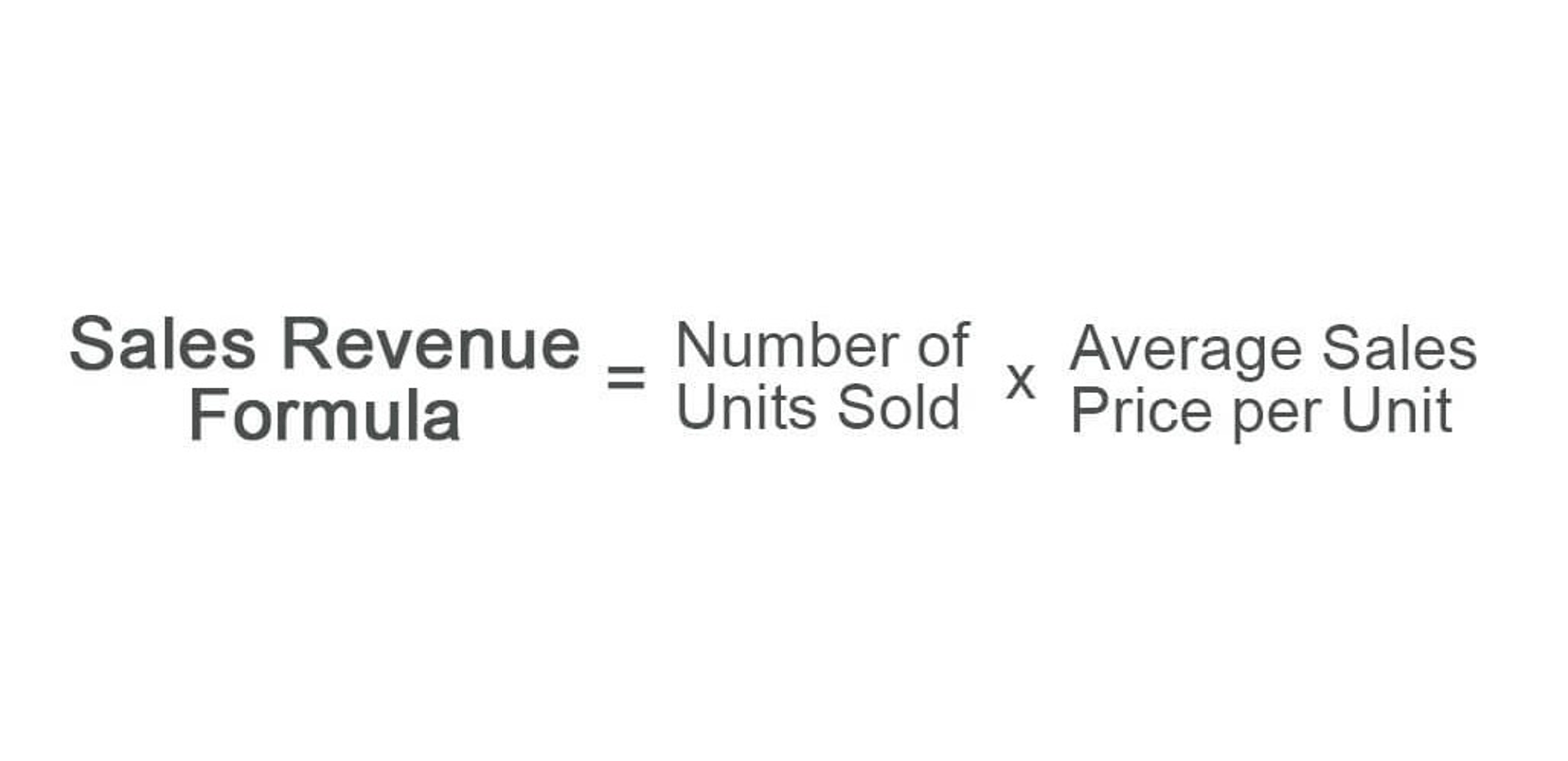Liability: Definition, Types, Example, and Assets vs Liabilities
![]()
These stem from past transactions or events and result in an outflow of resources, usually in the form of money, products, or services. Liabilities are reported on a company’s balance sheet and determine its financial health. Managing liabilities is a crucial aspect of running a successful business.
- Long-term liabilities, on the other hand, can be seen as future expenses and are often addressed through structured repayment plans or long-term financing strategies.
- Liability may also refer to the legal liability of a business or individual.
- There are also cases where there is a possibility that a business may have a liability.
- Rohrbasser also confirmed that he was removed from the IRS’s offshore voluntary disclosure program for his failure to pay a lump settlement after the agency rejected his requested payment plan.
Where Are Liabilities on a Balance Sheet?
The important thing here is that if your numbers are all up to date, all of your liabilities should be listed neatly under your balance sheet’s “liabilities” section. Unlike the assets section, which consists of items considered cash outflows (“uses”), the liabilities section comprises items considered cash inflows (“sources”). Here are a few quick summaries to answer some of the frequently asked questions about liabilities in accounting. Liabilities and equity are listed on the right side or bottom half of a balance sheet. The SORP now specifically recognises that there may be situations where all members of the LLP contribute capital, but certain members may not provide any substantive services to the LLP. For example, where a member of the LLP only provides capital, this doesn’t constitute a substantive service.

Why You Can Trust Finance Strategists

Answering the first question requires that the accountant determine the likelihood that the payment will be made. In the General Motors automobile warranty case, the liability occurs at the time of sale because at that time the firm obligates itself to make certain repairs. For liabilities to exist, an event or transaction must already have occurred.
Liability: Definition, Types, Example, and Assets vs. Liabilities
For example, buying new equipment may mean taking out a loan to finance the purchase. Owner’s funds/Capital/Equity – Last among types of liabilities is the amount owed to proprietors as capital, it is also called as owner’s equity or equity. Capital, as depicted in the accounting equation, is calculated as Assets – Liabilities of a business. It is an internal liability of the business and includes reserves and profits. The expenses are recorded in the same period when related revenues are reported to provide financial statement users with accurate information regarding the costs required to generate revenue. The term “accrued liability” refers to an expense incurred but not yet paid for by a business.
Liabilities vs. Assets
- See how Annie’s total assets equal the sum of her liabilities and equity?
- In the General Motors automobile warranty case, the liability occurs at the time of sale because at that time the firm obligates itself to make certain repairs.
- A liability is classified as a current liability if it is expected to be settled within one year.
- If a company has an obligation to pay someone or for something, it’s a liability.
- The cash flow has yet to occur, but the company must still pay for the benefit received.
- We will look at what liabilities are, their categories and examples, and compare them to assets and expenses.
The quick ratio is a more conservative measure for liquidity since it only includes the current assets that can quickly be converted to cash to pay off current liabilities. For example, a company might have 60-day terms for what is liability accounting money owed to their supplier, which results in requiring their customers to pay within a 30-day term. Current liabilities can also be settled by creating a new current liability, such as a new short-term debt obligation.

Long-term liabilities
The analysis of current liabilities is important to investors and creditors. For example, banks want to know before extending credit whether a company is collecting—or getting paid—for its accounts receivable in a timely manner. On the other hand, on-time payment of the company’s payables is important as well. Both the current and quick ratios help with the analysis of a company’s financial solvency and management of its current liabilities.
What Are Liabilities? (Definition, Examples, and Types)
Contingent liabilities are potential future obligations that depend on the occurrence of a specific event or condition. These liabilities may or may not materialize, and their outcome is often uncertain. Examples of contingent liabilities include warranty liabilities and lawsuit liabilities. Liabilities are debts and obligations of the business they represent as creditor’s claim on business assets. Here’s how to calculate the current ratio, a financial metric that measures your company’s ability to pay off its short-term debts. By keeping close track of your liabilities in your accounting records and staying on top of your debt ratios, you can make sure that those liabilities don’t hamper your ability to grow your business.
- In most cases, lenders and investors will use this ratio to compare your company to another company.
- Accountants call the debts you record in your books “liabilities,” and knowing how to find and record them is an important part of bookkeeping and accounting.
- Additionally, maintaining accurate cash flow projections is essential for anticipating future financial needs.
- A liability is anything that’s borrowed from, owed to, or obligated to someone else.
What Are Liabilities in Accounting? With Examples

